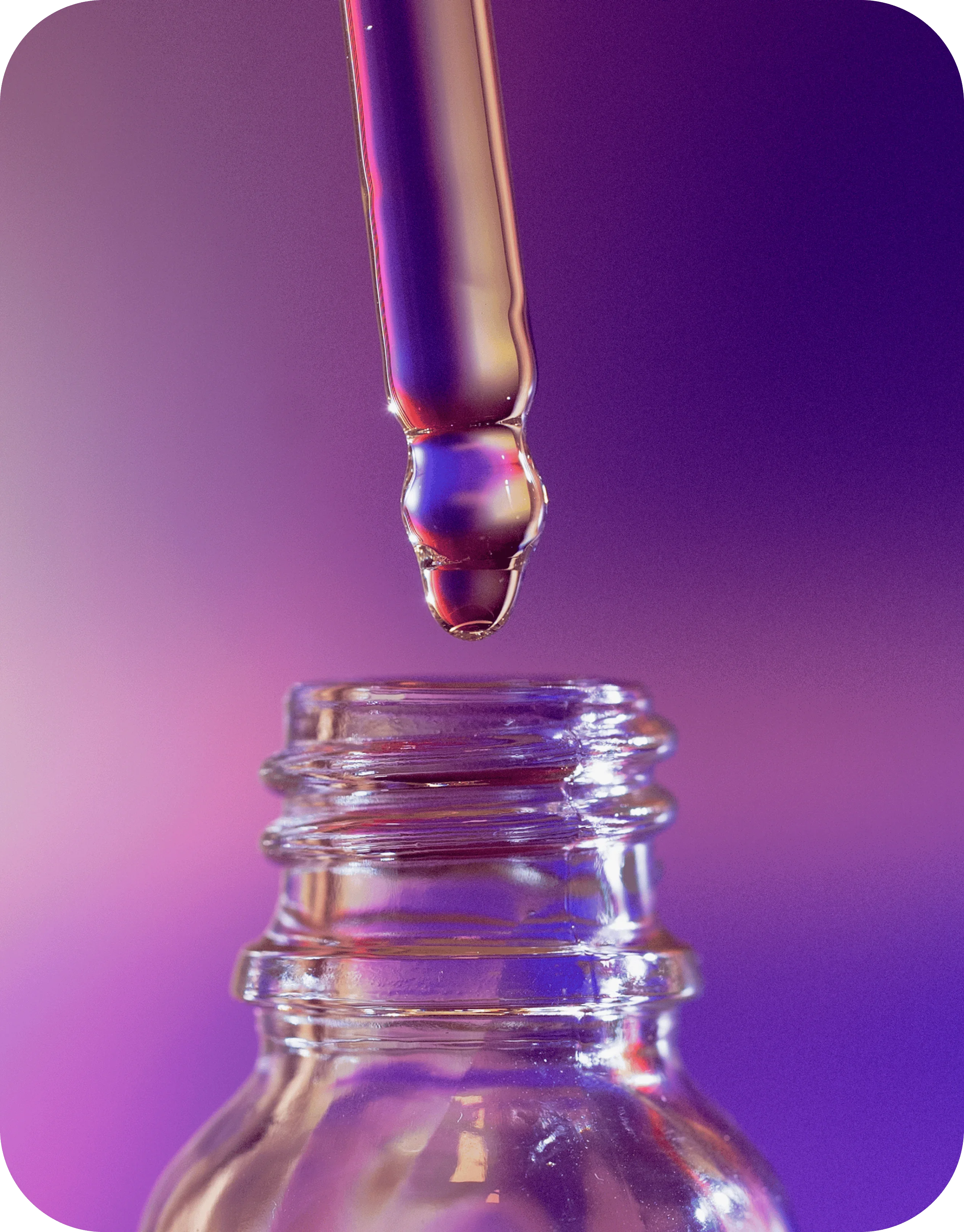Dry skin can feel tight, uncomfortable, and easily irritated — but it’s also one of the most misunderstood skin types. Many people confuse dry skin with dehydrated skin or temporary sensitivity.
Understanding the true signs of dry skin helps you choose the right products, protect your moisture barrier, and build a routine that keeps your complexion soft, smooth, and resilient.
This dermatologist-informed checklist is designed to help you quickly identify whether you genuinely have dry skin and what that means for your day-to-day skincare routine.
Dry skin is a skin type caused by a lack of natural oils (lipids) and ceramides. When your skin doesn’t produce enough oil, the moisture barrier becomes fragile and struggles to keep hydration in — leading to tightness, rough texture and flaking.
Unlike dehydrated skin (which lacks water), dry skin lacks oil. This means it benefits most from nourishing, lipid-rich formulas like ceramide creams, gentle cleansers and hydrating serums that respect the barrier.
- Dry skin = lacks oil → persistent roughness, flakiness, tightness.
- Dehydrated skin = lacks water → dullness, temporary tightness, fine dehydration lines.
- You can have both at the same time — especially in winter or after over-exfoliating.
Tip: if your skin feels both tight and a bit shiny in some areas, you may be dealing with dryness + dehydration.
✅ Dry Skin Symptoms Checklist
The more boxes you mentally tick as you read, the more likely dry skin is your true skin type.
-
✓
Your skin feels tight or uncomfortable after cleansing.
Even gentle cleansers may leave your skin feeling stretched — a classic sign of a weakened barrier. Switching to a nourishing, non-stripping formula like Oil-To-Milk Cleanser can make a noticeable difference. -
✓
You notice flakiness or rough patches.
Dry skin often struggles to shed dead skin cells evenly, which shows up as visible flakes, rough texture or dry patches — especially on the cheeks, forehead and around the nose. -
✓
Your skin absorbs moisturiser instantly (and still feels dry).
When the barrier is compromised, your skin “drinks” in product but can’t hold onto moisture. A ceramide-rich cream such as Ceramide Hydrating Night Cream helps lock hydration in place overnight. -
✓
Your pores look very small or nearly invisible.
Because dry skin produces less sebum, pores often appear tiny and non-prominent — especially compared to oily or combination skin. -
✓
You experience irritation or sensitivity.
With fewer protective lipids, dry skin can react quickly to wind, cold weather, heat, hot showers or harsh products. The barrier simply has less “cushion” to defend itself. -
✓
Makeup looks patchy or clings to dry areas.
Foundation and concealer tend to catch on flakes and fine lines when the skin lacks both oils and hydration, making texture more noticeable instead of blurred. -
✓
Fine lines are more visible.
Dryness exaggerates dehydration lines, especially around the eyes and mouth. When the skin is properly moisturised, these lines often look softer and less pronounced. -
✓
Your skin feels itchy, especially after cleansing or sun exposure.
Dry air, hot water, central heating and UV exposure can all trigger itchiness or discomfort when your barrier is fragile. -
✓
Your skin feels rough rather than smooth.
Low lipid levels mean less natural softness and bounce. Skin may feel slightly “papery” or textured to the touch. -
✓
You rely heavily on moisturiser for comfort.
If skipping moisturiser makes your skin feel tight, prickly or uncomfortable, dryness is very likely your skin type. For long-lasting daytime comfort, try Moisturising Day Cream , designed to support the barrier without feeling heavy.
Once you know you truly have dry skin, you can stop fighting your skin type and start supporting it. Dry skin thrives with barrier-repair ingredients, hydrating layers and gentle cleansing — not harsh scrubs or aggressive actives.
The goal isn’t perfection; it’s building a routine that keeps your skin comfortable, plump and protected day after day.
Look for these ingredient “families” in your routine (linked to examples from Yourself Beauty):
- Harsh, foaming cleansers that leave your face feeling “squeaky clean”.
- Daily use of strong exfoliating acids or physical scrubs.
- Very hot showers or washing your face with hot water.
- Skipping moisturiser or SPF, especially in cold or windy weather.
Small changes — like a gentler cleanser and a ceramide-rich cream — often make the biggest difference for dry skin.







